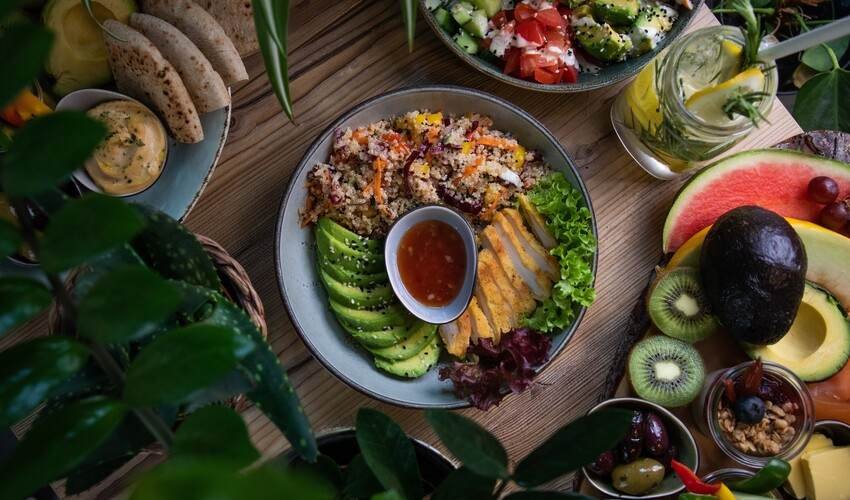Tenerife, not only the largest island among Spain’s Canary Islands, is famous for its breathtaking volcanic landscapes characterized by year-round sunshine and a myriad of culinary traditions. The cuisine of the island is characterized by vibrant combinations of flavors from Spain, Africa, and Latin America, forming an intrinsic part of both historical and geographical identities of the place.
At the Heart of the Tenerife Cuisine: Simple and Flavorful
Tenerife’s cuisine is heavily dependent on the freshest local ingredients to reach the glory of its volcanic soil. Bananas, tomatoes, avocados, and potatoes abound, while the ever-stroking, never-resting Atlantic Ocean provides fish. The cuisine is characterized by simplicity: accentuating the taste of the ingredients, with little distraction of seasoning, but backed with compelling, unforgettable flavors.
Papas Arrugadas and Mojo: The Iconic Pair
Discussion of the food of Tenerife is not complete without the mention of papas arrugadas, or the so-called “wrinkled potatoes.” These tiny coastal potatoes are boiled in seawater until wrinkled and served with mojo sauce. There are two main varieties of this sauce: mojo rojo (made with red peppers, garlic, and paprika) and mojo verde (green sauce with cilantro, parsley, and olive oil). This potlatch is the culinary landmark of the island.
From the Sea
Tenerife’s diet revolves around seafood. Amongst the locals, vieja (parrotfish) is often grilled whole, and squid, octopus, and limpets are lathered in mojo. Fish stews, like caldo de pescado, somehow resurrect balm to harmonize with the island’s maritime culture.
Traditional Meat and Stews
In addition to seafood, mountain fare includes fleshy meat dishes. Carne fiesta, marinated pork and fried with garlic and spices, celebrates almost every occasion, while goat stews are more common in rural settings. Many of these dishes reflect the island’s farming culture, comforting, filling, and timely.
Cheese, Wine, and Sweet Finishes
Goat cheese on the island, mostly produced from external places, includes smoked and soft fresh varieties. These wines are just coming to the fore on the international palette, especially from the northern valleys with volcanic soils that complement the wine with a striking minerality. For dessert, bienmesabe-sweet almond cream usually served with ice cream-completes any meal in an agreeable manner.
Conclusion
Food in Tenerife is a narrative of the land and the sea that invites the traveler to appreciate both tales of tradition and innovation. Potatoes that look like wrinkles with mojo, some fresh seafood, and wines made by the island people all belong to the tradition of the warm, diverse, and lively culture of Tenerife.
Read Dive is a leading technology blog focusing on different domains like Blockchain, AI, Chatbot, Fintech, Health Tech, Software Development and Testing. For guest blogging, please feel free to contact at readdive@gmail.com.





